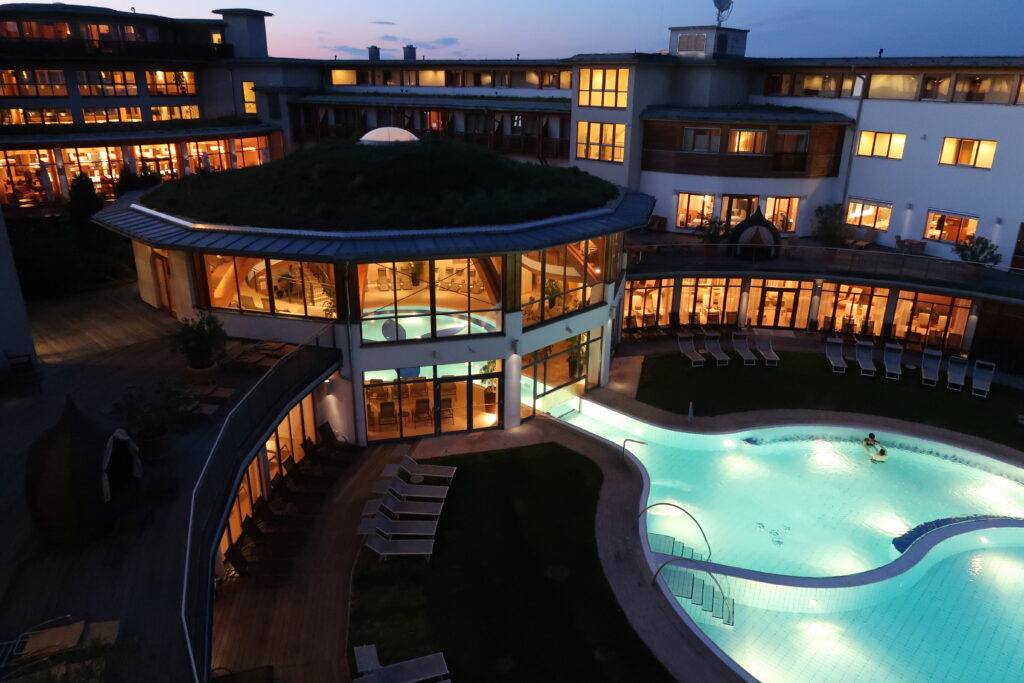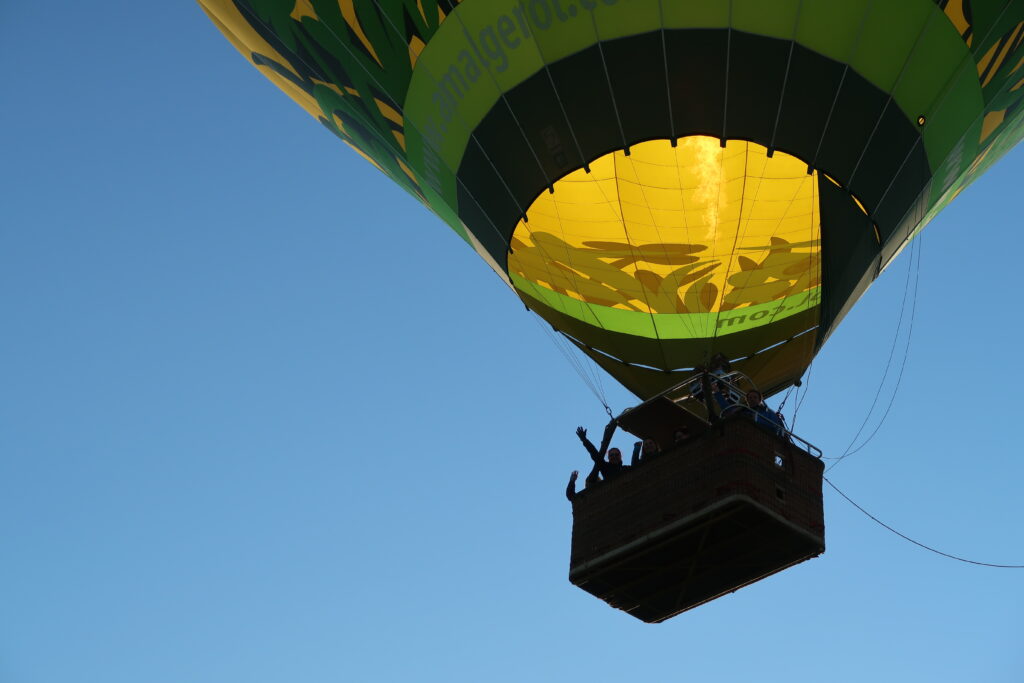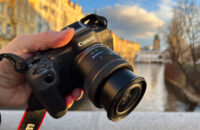Canon G7 X Mark II can be easily defined as simply a great compact, the top of the line of the increasingly important category of pocket-size cameras. The lovers of traditional reflex cameras might be genuinely surprised with what this relatively affordable compact can do, despite its fairly small chip.
Only a few years ago, the staggering majority of photographers could not see a point to such a debate. Naturally, why waste time discussing some compact since it can never compete with “quality” cameras!
But this is no longer true.
Canon G7 X Mark II is one of the few cameras in the world which keep broadening the horizons of photography and can, when placed in a clever pair of hands and in good conditions, really compete with reflex cameras.
Canon G7 X Mark II takes really good pictures

The pictures enclosed to this article best characterize what Canon G7 X Mark II can do. I tested it for approximately five days; I spent two hours in my favourite dendrological park in Průhonice in Prague, Czech Republic, and a couple of days in Larimar, a hotel in Stergerbach, Austria, which I would hereby like to thank for its hospitality.
Frankly, I was pleasantly surprised by the outcome. For the record, this camera contains the so-called 1-inch sensor which is noticeably smaller than the sensors in beginner reflex and non-reflex cameras. Their APS-C chips are approximately three times larger – and it still stands that the bigger the size of a sensor, the easier you will get good results.

I tested it in different environments ranging from soft light and vapour over wellness pools to full sunshine and I had a nice surprise. It works and in terms of image quality, I did not discover any substantial weaknesses.
Of course, what iPhone owners know so well still stands, namely that granted good light, the machine works perfectly, but with diminished light getting good results gets increasingly difficult.
For instance, you cannot expect it to capture so many details in night images that you would expect from an ordinary reflex camera. Which does not mean to say that Canon G7 X Mark II’s results are not surprisingly good even after nightfall.
In other words, it is still “only” a compact camera with a smallish chip and we cannot expect miracles in difficult light conditions. When operated by a clever pair of hands, though, it can handle fairly challenging tasks, including satisfactory results for travellers.

Let me add that the camera has a resolution of over 20MP, which is partly an advertising trick, even if zooming in does show nice contrast.
Image noise is tolerable even with high ISO numbers, so let us not be too hard on the producers and their pixel-magic.
(Why magic? Customers demand more pixels as they believe high pixel-number equals better quality photos, which is usually not true….)
Canon G7 X Mark II, truly second generation

What type of camera this Canon PowerShot G7 X Mark II actually is? And who is it intended for?
Some people just want a good quality camera for an affordable price and they end up (wisely) getting a DSLR, others buy something small and yet great, which is however still not pocket-size.
The third group of buyers, smallest of them all, want something small, fantastic but properly pocketable, what you might fit into your jeans or at least your slightly larger jacket pocket.

The pioneer in this category became Sony with their outstanding line of Sony RX 100. It was Sony RX100 iii with which I discovered this category last summer. The even more elaborate Sony RX100 iv followed.
Canon responded by introducing Canon G7 X, the first generation of a very similar model.
I daresay that whoever is considering getting a camera from this category will inevitably ask himself the question: which of these four models to choose? Let us have a closer look.

Firstly: how much better is Canon G7 X Mark II than its first-generation predecessor? The answer is fairly simple: the second generation (that is the mysterious “Mark II” in its name) is generally more accomplished and powerful. The brand new processor offers enhanced performance not only in terms of picture processing but also as concerns focusing and sequence shots.
The difference in price is not so dramatic, so if at all possible, I would recommend the new model. In this case, the more recent gadget truly is better.
Canon G7 X Mark II versus Sony RX100 iv

Secondly, how does Canon G7 X Mark II fare in comparison with Sony RX100? This is slightly more difficult to determine. One major advantage of Sony RX100 over Canon is its viewfinder (both serial numbers 3 and 4 are acceptable though really useful is number 4, so the most recent one).
What can you do, a viewfinder really is useful. And for those who mind staring at the rear display, this can be a major shortcoming. (I used to mind it but I am getting used to it now.)

Canon G7 X Mark II does not have a viewfinder but it was something I could live without while testing (although when the sun is shining, visibility is next to nothing).
On the other hand, the Canon’s focal range of 24 to 100 mm compared to only 24 to 70 mm in Sony speaks in favour of Canon. The 30 millimetres really make a difference and if you absolutely must zoom in, then with Canon you will see further.
Let us add that lens aperture of f/1.8 – 2.8 is also better than average and if you long to blur the background in true reflex-style, this gadget will let you do it.
Probably the biggest advantage of Canon over Sony is its price. Sony RX100 iv was originally marketed prices that were frankly absurd. Although the final choice depends on everyone’s personal preferences, Canon’s price is more than acceptable.
By the way, although it has not been acknowledged officially, according to insider comments, this series’ chips are also provided by Sony (similarly to iPhones), which is probably worth considering.
Canon G7 X Mark II is easy to use

What I like about Canon G7 X Mark II is the way you can customize functions by attaching them to the lens control ring. As usual, a nifty pair of hands can adjust all settings to suit the owner’s wishes and requirements.
It enables you to shoot almost instantaneously and react to what goes on around you.
Speed is after all one of the features which the company stressed on the new Canon’s release. In sequence shooting you are promised 8 frames per second and I daresay it is actually plausible.
Nevertheless, it was the burst mode which I found annoying. With reflex cameras, you can take only one shot and that way be in full control.

But I could not seem to achieve this with Canon G7 X Mark II. When I pressed the burst mode button, the camera turned into a machine gun and I never managed to take fewer than two pictures. But perhaps I needed to practice.
Focusing is similarly fast and more than decent for most situations in family and travel settings, although I did struggle a bit with my very first shot of white cherry blossoms. To put it in a nutshell: considering this is a compact, it is class!
To boots, you will find that its Wi-Fi connection to your mobile, which will enable you to share your pictures on social networks (which is becoming increasingly a necessity in similar cameras), works really well.
A Two Sentence Summary
At present, Canon G7 X Mark II is one of the few cameras in the world which is both pocketable and takes great pictures in comparable quality to reflex cameras. As opposed to its competitors such as Sony, the missing viewfinder is a drawback but considering the affordable price, it is a choice worth looking into.
More sample test photos (without retouching)
—-
[social-bio]


































Leave a Reply